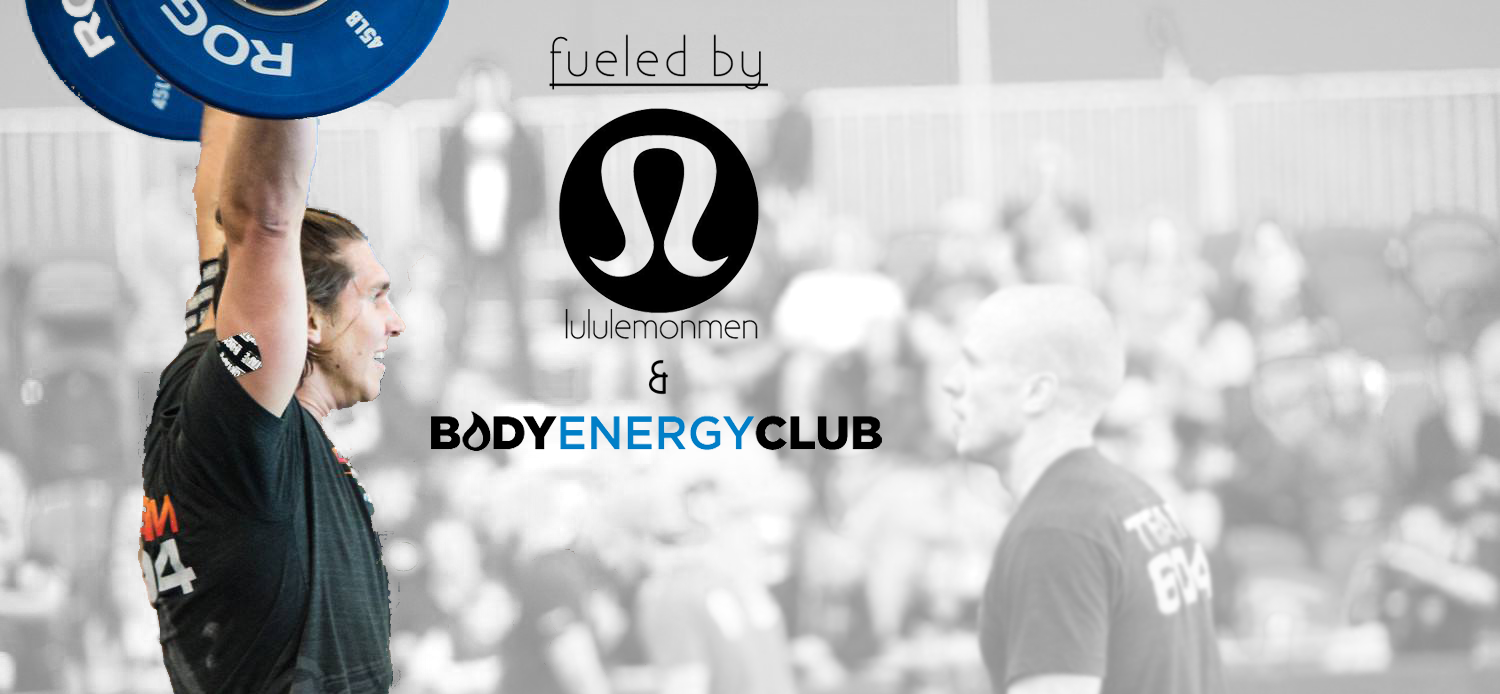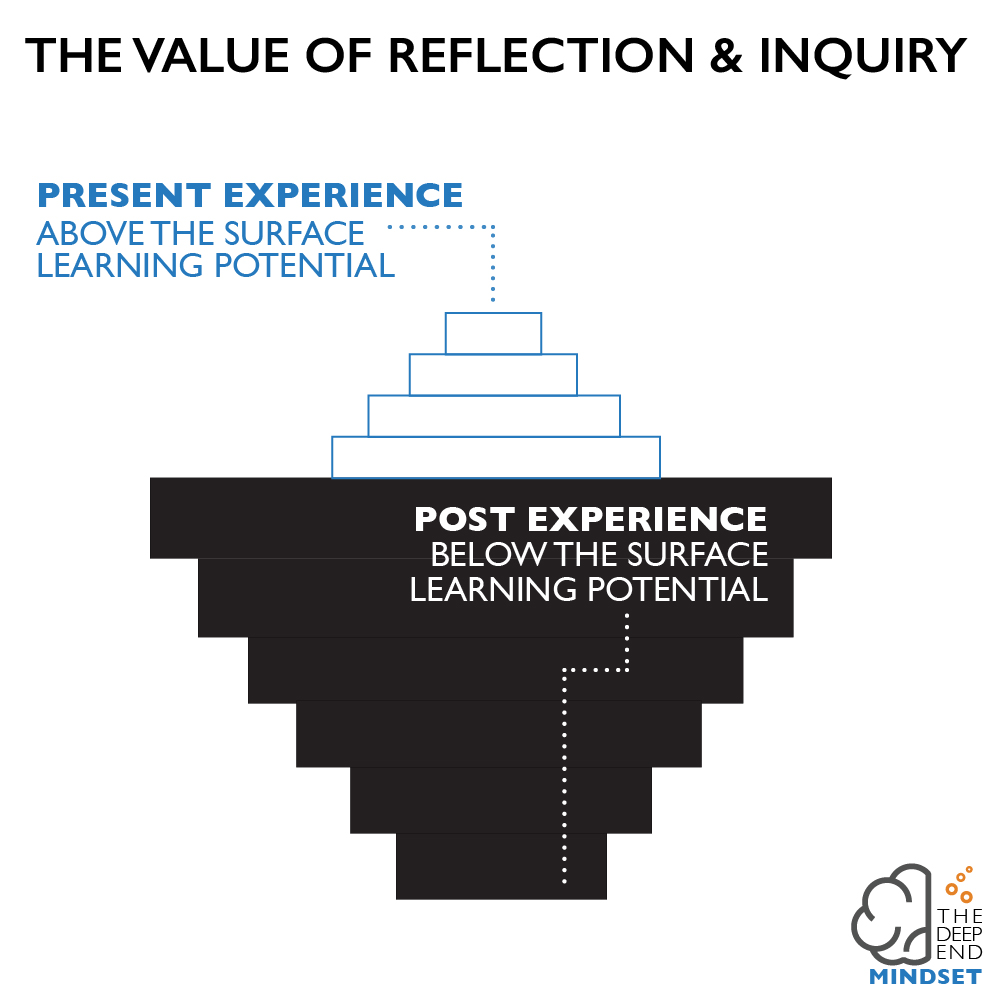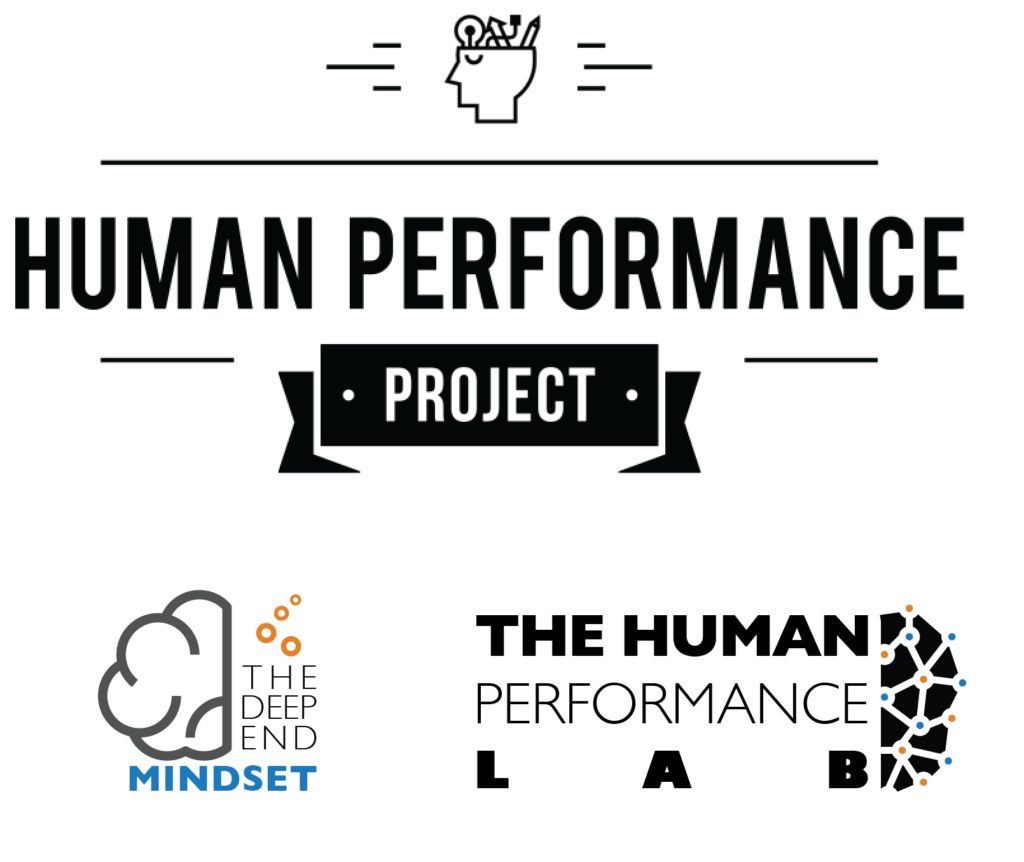I cried myself to sleep last night…
A whirlwind of emotions flew wild in my head. From deep gut wrenching sadness to a contemplative view of the world and my role in it.
Earlier Tash and I had watched a movie called “A Girl Like Her”. I felt nauseous through every minute. It was heartbreaking, painful, and so real. Most of it was watched through tear filled eyes and a knotted stomach.
For the first time ever I was crying before Tash.
Despite being a fictional documentary (about a girl who attempts suicide as a result of bullying), the movie hit a deep visceral chord within my being.
Tash and I both have extensive exposure to the impacts of bullying, depression and suicide in the high school world.
At the age of 10 I would have called myself someone heading down the road of becoming a bully. In retrospect I honestly can’t attribute my lightbulb moment to anything specific, but I think I owe it mostly to my parents and one of my earliest best friends Stephan…
I vividly remember a day on the playground in grade 7 being invited by some of the older high school basketball players to play bump at lunch. I was so excited and felt like this was one of the most special moments of my life, being asked to join the elites.
The game couldn’t have gone worse.
Just like that the bully had become the bullied. It hurt so much to be picked on by the guys I idolized at that point in my life. I remember holding back my tears trying to play along knowing that crying would only make it worse. I couldn’t escape to the bathroom fast enough, whimpering my pain away in a stall all alone.
That game of bump was my lightbulb moment. That day I realized a simple but profound truth about life.
Everything matters.
Every single action we take, every word we say, how we embrace and spend our attention with others matters. And it matters exponentially more than we can ever imagine. Those older boys on the court didn’t mean anything by their jokes, they were just having fun. But the context of the situation left me feeling worthless and empty, embarrassed and alone. I can still feel the pain today.
Regardless of how expansive or minuscule you see your presence in the world, there is someone right now, today, watching you as a role model with an open heart and mind ready to be influenced. This responsibility is not ours to accept or reject but instead a matter of fact in life.
And herein lies the dangerous problem. What I think is a harmless joke can be the fatal blow to someone’s soul and spirit. And yet I am fully responsible for the choice to make a joke that ultimately tears down rather than builds up. In a world of unlimited interactions you never know when the choice you make will be the tipping point of an upwards or downwards spiral.
Now I look at the world through the lens of my daughter growing up in it, and it hurts even more. Even now as I write these words my stomach and heart throb, my breathing quickens and I start to feel dizzy with the thought of her ever feeling pain and loneliness that deep.
I have no idea how Tash and I are going to do this but I know I’m going to spend a lot of time reflecting on how our parents consciously chose to raise us. Because in the end despite having a taste of both worlds, I was able to overcome the pain and loneliness that is present with being both a bully and bullied.
I had the reserves of courage, strength and love to stand up on my own and be a leader, somehow. I believe we all have this capacity in ourselves and more importantly it’s up to us to intentionally build this in our children.
And it’s going to be the farthest thing from easy.
It will be a long uphill battle but if I commit to nothing else in life, this has to be it.
As a final request I am putting out to the Universe if anyone ever sees an opportunity for my story to be shared in support of others please feel free to share this post with them or reach out to me directly.
If you take one thing away from my story, let it be this:
Choose to be good. In every small interaction you have with others. Smile at someone today and tell them you care about them. That you love them. That you are there for them.
This is how we change the world.
I share my story in hopes to add a sliver of value or insight to those chasing their dreams. sign up for these doses of inspiration and learning in your inbox.



